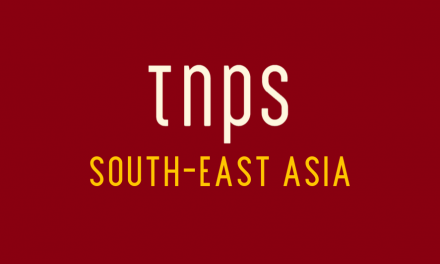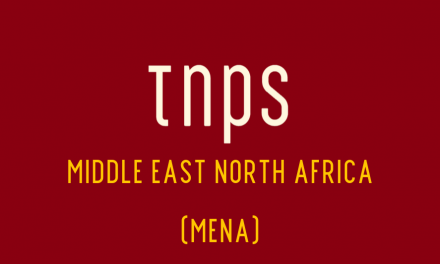Industry-media coverage of the Shanghai postponement has been brief and news-focussed as always, but the bigger picture here for us is how this will impact our industry “at home”, at a time when we are already facing so many other “supply chain” challenges.
Western publishing and its governments have lately adopted a complacent if-you-can’t-beat-it-learn-to-live-with-it attitude towards Covid-19, and so its unlikely we’ll see lockdowns again, at least not on the scale of past years.
But elsewhere in the world the Covid plague remains rampant, and different governments have different ways of dealing with it. In China, where lockdowns are still the order of the day, we learned last week that the ninth incarnation of the Shanghai International Children’s Book Fair had been postponed for the third time, as overly optimistic dates for a fading of the Covid threat have proved to be too over-optimistic by far.
Originally set for November 2021, the event was postponed first until March 2022, then July 2022 and now November 2022.

But if we are honest it’s very likely to run up against another postponement. If China cannot get a grip on Covid in the northern hemisphere summer than what chance as winter wings around once more?
For western countries in the northern hemisphere the same concern hovers over us. Covid is far from gone, and while vaccinations and other measures have reduced the danger, the danger still exists, and the approaching winter will feed the plague’s frenzy once more.
On its own western publishers wil likely ride out the storm. But what they maight mot ride out is the continuing disruption happening to China’s econmy as the Covid-19 crisis contnues to impact millions of workers.
That will include the workers who actually print and ship the books western publishers sell back home.
Industry-media coverage of the Shanghai postponement has been brief and news-focussed as always, but the bigger picture here for us is how this will impact our industry “at home”, at a time when we are already facing so many other “supply chain” challenges.





